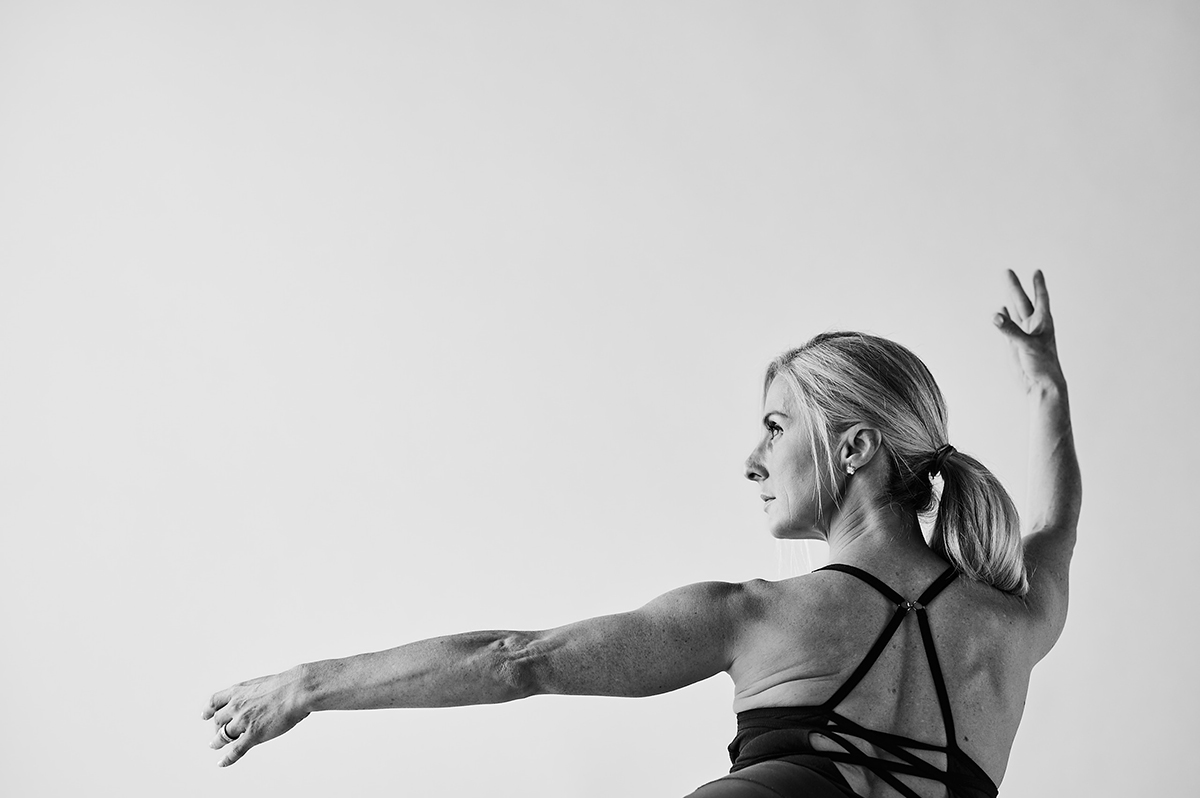New clients! For a limited time, Get 13 Classes for $78 (only $6 per class)
Why The Bar Method Creates Muscles that are Supremely firm, lean and shapely
Touch a Bar Method student’s thighs. You’ll feel hard, lean muscle, harder and leaner than in the legs of runners, spinners and weight lifters. How does the Bar Method produce this high degree of muscle density? And what does muscle density have to do with being lean in the first place?
Strengthening exercise stimulates the muscle fibers that are specialized for power. They’re called “fast-twitch” fibers, and all your muscles have them. When “fast-twitch” or power fibers are challenged, they “hypertrophy”, or get larger. That’s why strengthening exercises like lifting weights make you look “cut”
Endurance training on the other hand actually causes your muscles to lose mass and become weaker. Let’s take a quick look at how this happens:
All your muscular-skeletal muscles have not only “fast-twitch” but also “slow-twitch” fibers, which are specialized for endurance. When you walk on a treadmill, these fibers don’t change in shape, though they do grow a bit in number. That’s why aerobics doesn’t make you look “cut”. In fact, doing just aerobics causes your endurance fibers to take over more of your muscles, pushing the strength fibers aside. The result is that you actually end up weaker. Picture the vast rows of health club members walking on treadmills in front of built-in TVs. It’s precisely this kind of medium-intensity aerobic exercise that’s best at leeching the strength and tone out of arms, glutes and abs.
This muscle shrinkage explains why such activities as running, spinning and biking can actually cause you to lose muscle density, diminishing your muscle tone. (Conversely, your endurance type muscle fibers don’t shrink when you do strength training because you use all type of muscle fibers for tasks requiring strength.) Even when you mix endurance training with strength training, your muscles will not end up quite as firm as they would if you did just strength training. First time Bar Method students often shake during the thigh work, but it’s the runners who typically shake the most.
Fortunately, there’s an exercise technique that gives you maximum muscle toning plus greater stamina: Intense strength work performed in short sets using multiple muscle groups. Routines that follow this pattern get all three types of muscle fiber going and give the best functional results. The New York Times, in an article by Gina Kolata on May 16, 2006, reported that muscle mass increases most efficiently when athletes “train very hard in brief spurts.” Read about other studies that spotlight the benefits of interval training.
On the other hand, if you limit yourself to strength training at moderate intensity using just one part of your body, you’ll get firmer muscles but you won’t get the best results when it comes to strength and performance. Those huge bodies on the covers of magazines may look formidable. But the leaner, slimmer guys on the athletic playing field have the greater overall strength, power and speed.
The Bar Method meets these scientific standards both for peak performance and visually pleasing aesthetics. Its potent recipe — short, intense strength sets that recruit multiple muscle groups followed by short, intense stretches -creates bodies that are simply not possible to reproduce in a weight room or on a tread mill.
But does the Bar Method, therefore, “bulk up” your muscles? Not at all. The groaning curls and crunches of bodybuilders in no way resemble the Bar Method’s quicker, more graceful strength techniques. Bar Method trained muscles firm enough to sit higher on their underlying bones, while packing in enough endurance-readiness to keep a slim profile. To find out more about The Bar Method, click here to sample its exercise dvds.



